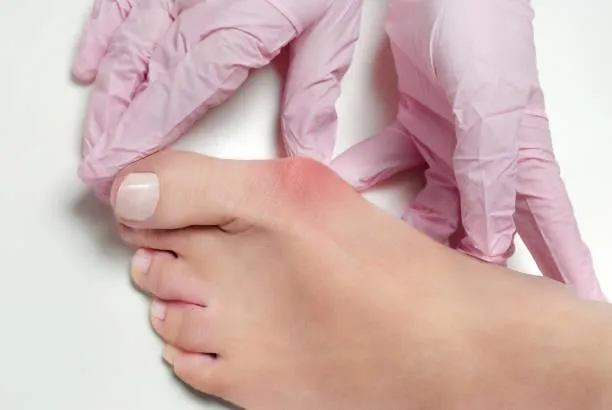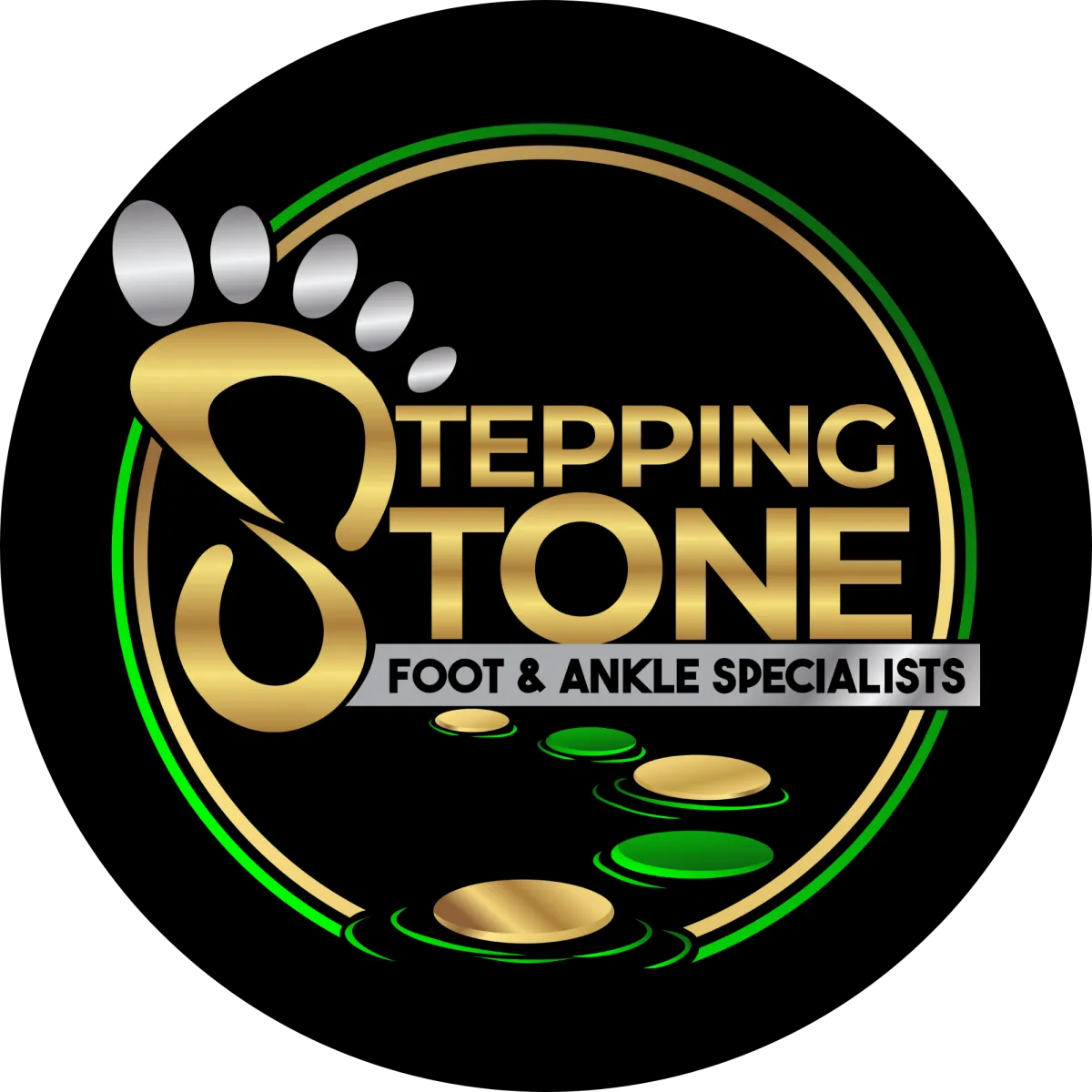
Bunions involve the big toe deviating towards the second toe and a shift in the angle between the first and second metatarsal bones. Over time, the sesamoid bones beneath the first metatarsal head may also deviate as the first metatarsal bone moves from its normal position. Beyond causing pain and discomfort, bunions alter the foot’s shape, making it challenging to find suitable shoes and affecting walking. This imbalance of the big toe joint during the gait cycle results in a loss of proper range of motion, leading to an inefficient gait
Conservative treatments for bunions are often limited because they cannot correct the bone deformities and shift in the metatarsal bone. There is no way to stop the progression or reverse the deformity without literally moving the bones back into the correct position and realigning the joint. This can only be accomplished with surgery. So, when conservative treatment fails or the bunion progresses to the point where conservative treatment is no longer a viable option, surgical intervention may be needed to correct the deformity.
There are numerous types of bunion surgery. In fact, there are more than hundreds of types by some estimate
A bunionectomy involves removing the lump of bone that bulges out from the side of the foot. Removing the bump, however, does not fix the alignment of the patient’s big toe. Surgeons then remove a section of bone from the patient’s big toe. This procedure, called an osteotomy, is used to straighten out the patient’s big toe. Often a surgeon sees a need to realign the ligaments around a patient’s big toe during bunion surgery. These procedures are performed to adjust ligaments around the big toe joint.
Both the traditional and minimally invasive bunionectomy techniques are performed at Stepping Stone Foot & Ankle Specialists. Due to the fact that the minimally invasive techniques are less traumatic, and the recovery time shorter, most patients prefer this method of correction. Each patient is unique, and the doctor will discuss which technique he feels best suits the patient for optimal outcome.
Traditional bunion surgery requires incisions approximately 5 to 6 cm long at the great toe joint and the removal or realignment of soft tissue and bone to relieve pain and restore normal alignment to the bones. The bones are surgically broken and then realigned and stabilized with wires, screws, pins or plates. A patient can expect about a 6 week to months recovery period during which crutches are usually required for aid in mobility because patients are non-weight-bearing. A cast is also sometimes used and the patient may be non-weight bearing.
Dr. Wendy Le does a minimally invasive ambulatory surgical technique to correct bunions. It involves making a small incision less than 3mm to remove the bony exostosis or bump located along the side of the foot. She then makes another small incision on the top of the big toe to bring it into proper alignment or position. The small surgical incisions enable the surgeon to use fine specially designed instruments to obtain the best cosmetic result.
Sometimes additional procedures may be required such as correcting a second hammertoe or low metatarsal bones often seen in conjunction with bunions. These procedures are also done with the minimally invasive incision surgery and the doctor would be able to determine if this is needed during your foot exam, which would involve x-rays unless you have had some recently taken.
Surgery is performed under Fluoroscopic viewing. There is generally less trauma to the tissue and surgical times are lessened with this technique, reducing pain and recovery time. Less suturing is necessary and often times no sutures are used. Postoperative patients ambulate immediately and are often placed in a surgical shoe or boot to aid ambulation.
MIS surgeons are able to rely on an external compression dressing with taping/splinting for stabilization immediately after surgery, eliminating the need for pins or screws enabling immediate ambulation. Most of the time it is unnecessary to fuse the toe joints.
Getting back into regular type shoes depends on rate of healing and amount of swelling, which is very individual. You will have a bulky dressing the first week. Dr. Le usually likes to see you back at the clinic after two to three days for redress, if physicality allows, or 5 days after surgery for our out-of-town patients. In one week your dressing is changed to band-aids or bandage strips, a spongy material toe separator and disposable ace bandage type wrap which you yourself change daily. This dressing is worn three to four weeks. No dressing is usually required after this

Stepping Stone Foot & Ankle Specialists
170 N. Henderson Road,
Suite 310, King of Prussia
PA 19406-2155

